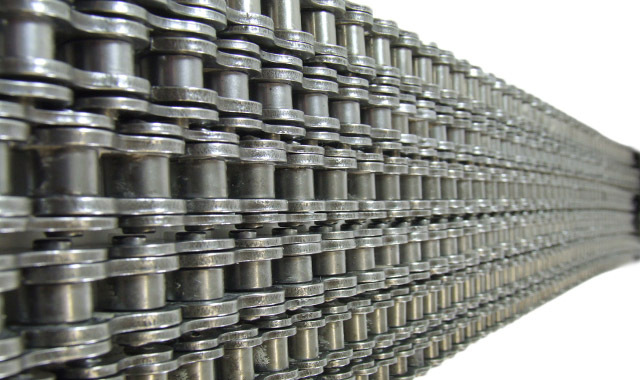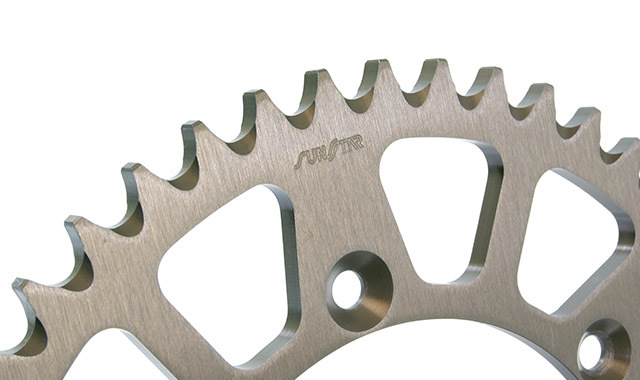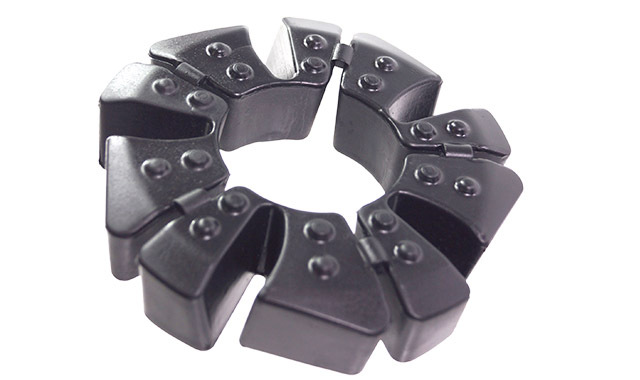See our Christmas opening times here

HOW TO CHECK:
BRAKES - COOLANT - LUBRICANTS - LIGHTS - STEERING - SUSPENSION - TRANSMISSION - TYRES
 Chain / sprockets and cush drive rubbers can wear down excessively fast if the secondary transmission is not checked regularly. The chain should have the correct tension and it will also need to be cleaned every 500 miles / every month where appropriate. If the chain is too tight or too loose, it could cause damage or wear down faster than it should. Similar issues if the chain is too dirty and not lubricated properly.
Chain / sprockets and cush drive rubbers can wear down excessively fast if the secondary transmission is not checked regularly. The chain should have the correct tension and it will also need to be cleaned every 500 miles / every month where appropriate. If the chain is too tight or too loose, it could cause damage or wear down faster than it should. Similar issues if the chain is too dirty and not lubricated properly.
Different bikes have different ways to adjust the chain, it can be done using the chain tensioners which are usually located towards the end of the swingarm, or it could be using an eccentric hub system as are found on many single sided swingarm bikes. If your bike uses chain tensioners, make sure you follow the manual and the markings as the rear wheel must be kept straight / aligned to avoid any excessive wear issues.
When tensioning, cleaning and re-oiling your chain, take a moment to check to tight spots - if you were to re-adjust the tension right on a tight spot, you could end up thinking the tension is perfect, however, a slight spin on the rear wheel would show that the chain is still very loose.
The opposite can also happen, if you re-adjust the tension on a looser spot, a slight spin of the back wheel would get on you on that tight spot and you would quickly realise that the chain is rock solid, not good! It is possible to solve a tight spot problem by completely loosening the chain cleaning it and using some penetrative lubricant on that spot and twisting the bad links until they feel loose like the others do.
 Also, take a minute to check for damaged / missing chain rollers and the shape of the sprocket teeth. The teeth should be shaped like an even U, if they are the shape of a wave, then consider replacing the chain and sprockets.
Remember that putting a new chain on an old sprocket is usually a bad idea as the sprocket teeth have some wear and the new chain might not sit properly on sprocket, and this might not always be visible to the naked eye.
Also, take a minute to check for damaged / missing chain rollers and the shape of the sprocket teeth. The teeth should be shaped like an even U, if they are the shape of a wave, then consider replacing the chain and sprockets.
Remember that putting a new chain on an old sprocket is usually a bad idea as the sprocket teeth have some wear and the new chain might not sit properly on sprocket, and this might not always be visible to the naked eye.
After very few miles, the torque of the bike would have forced the chain to sit on the old sprockets and over stretched it, cutting its life span by a significant amount. Sprockets are much cheaper than chains, consider changing the lot at the same time, it can be a false economy to try and save by changing the chain alone.
 When changing the rear sprocket, check the state of your cush drive rubbers, sprocket carrier bearing, wheel bearings and dust seals. Change them if needed while you are in there.
A properly maintained chain and sprocket kit can last anything between 15,000.00 to 25,000.00 miles depending on your riding style. Smooth riders will get more miles out of it while an aggressive riding style gets less. Same with your rear tyre ;)
When changing the rear sprocket, check the state of your cush drive rubbers, sprocket carrier bearing, wheel bearings and dust seals. Change them if needed while you are in there.
A properly maintained chain and sprocket kit can last anything between 15,000.00 to 25,000.00 miles depending on your riding style. Smooth riders will get more miles out of it while an aggressive riding style gets less. Same with your rear tyre ;)
Let us start with (in our opinion!) the most important part - unlike chains and sprockets, the belt DOES NOT need to be lubricated! A slippery belt would result in over-heating, melting or breaking up, any of which could result in an accident. If you actually manage to get some traction and go anywhere that is. There are various products out there to maintain belts, prevent slippage and prolong the belt's life. Like chains, the belt tension should be checked on a regular basis and the rear wheel should be kept straight using the swingarm marking where applicable. If you are in any doubt, please refer to your user manual.
Unlike chains and belts, transmission shaft systems requires very little maintenance from the rider. Simple gearbox box oil level checks are sufficient. Transmission shafts are usually used on large touring bikes where the extra weight is not an issue, unlike sportbikes, adventure bikes, naked street bikes, enduros, etc.